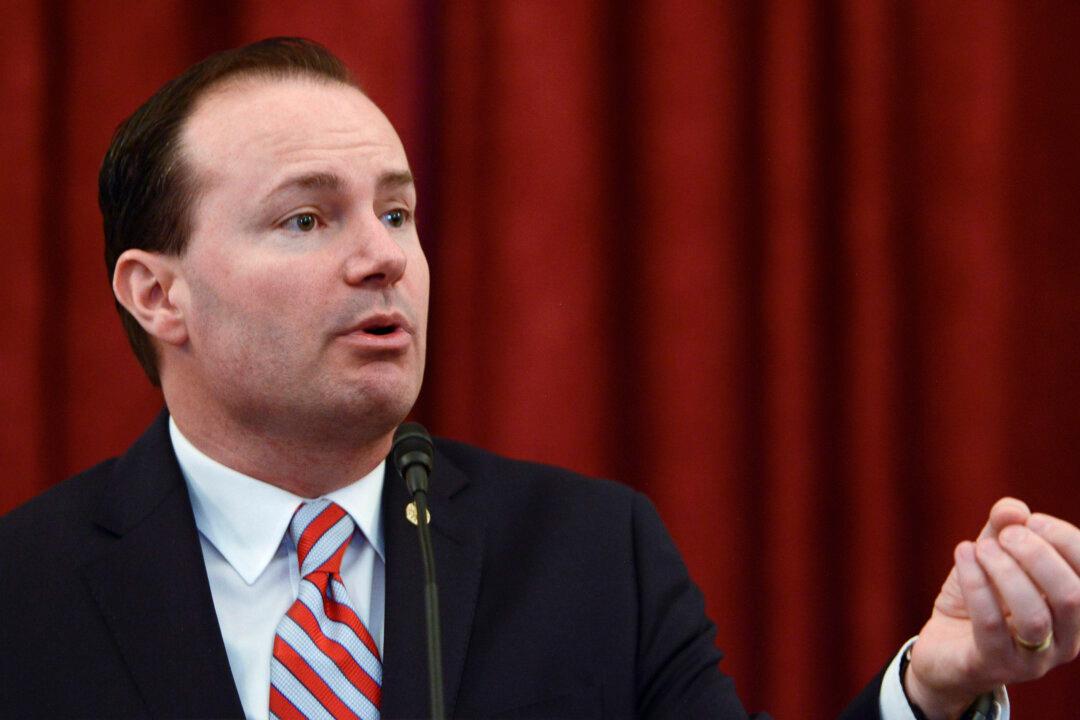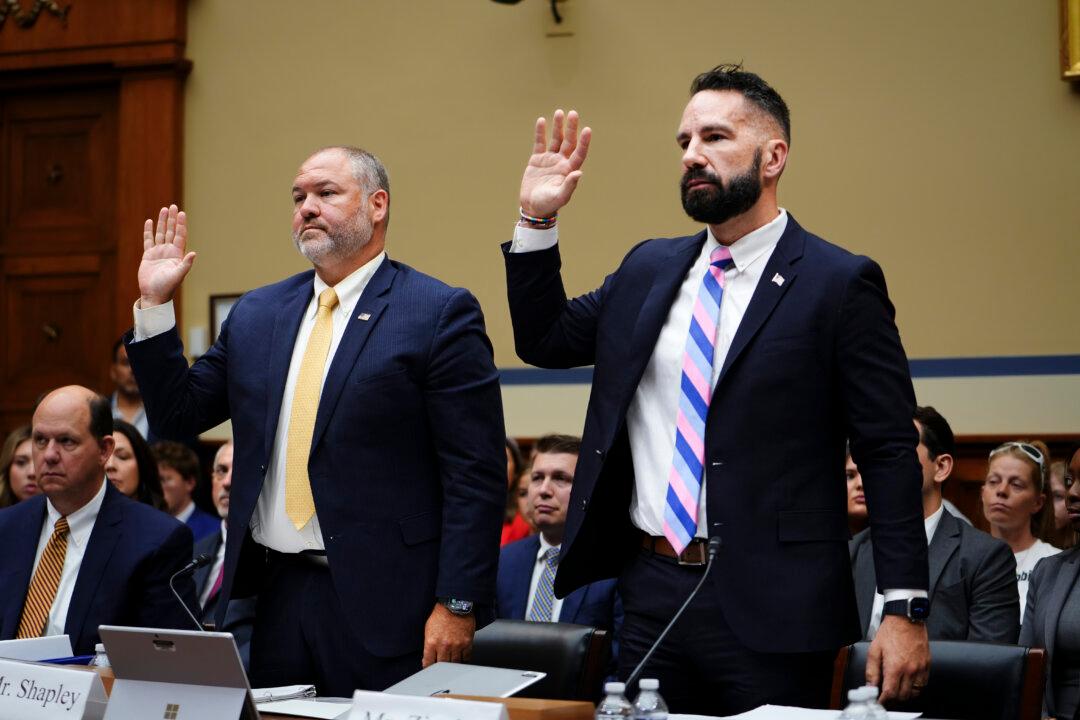Elderly Americans have fewer friends and family nearby than previous generations, which pushes Medicare and Medicaid costs up. Sen. Mike Lee (R-Utah) wants to know by how much.
“On nearly every measure we examined,” said Lee, the chairman-designate of the Joint Economic Committee (JEC) in Congress, “we found a steady decline over the past two decades in the number of social connections among those near retirement: fewer are married or partnered, fewer have children, fewer live near children, friends or relatives, and fewer are actively involved in a religious congregation.”





